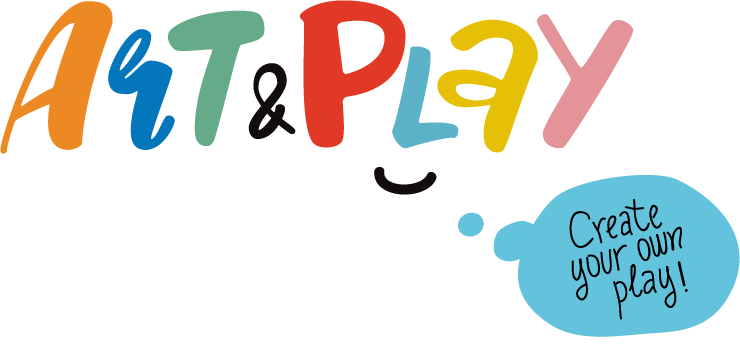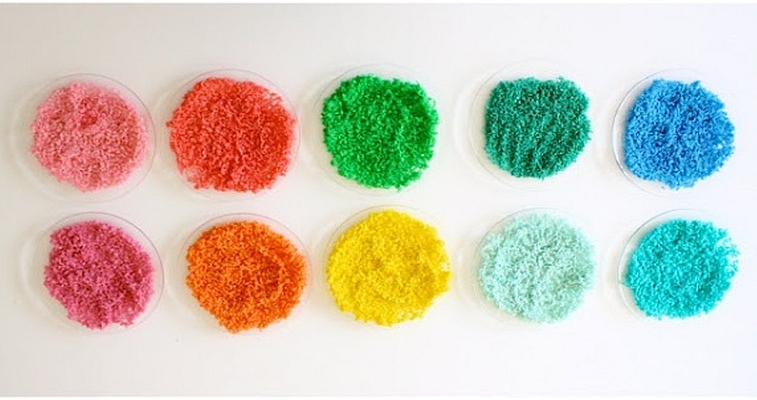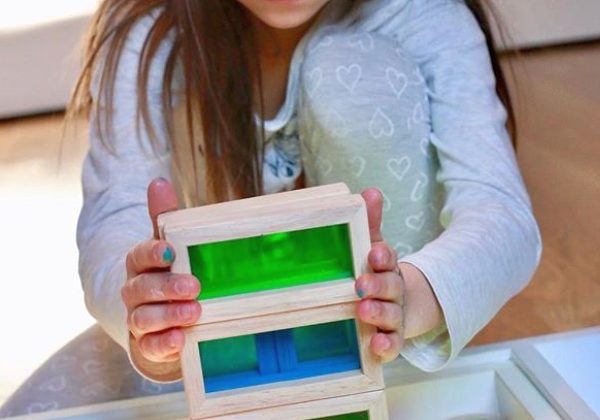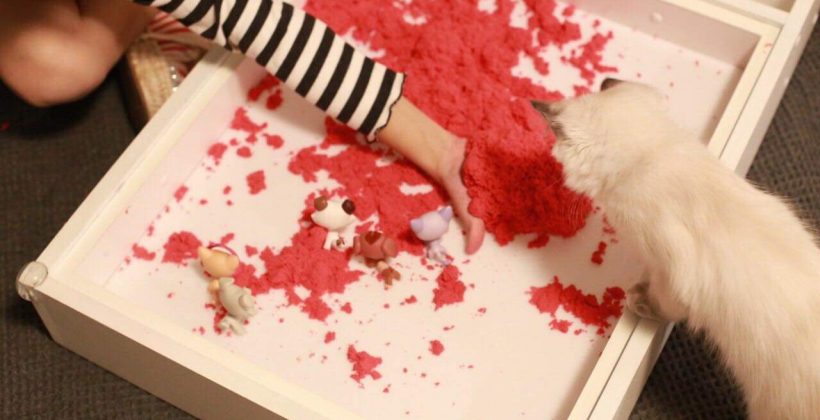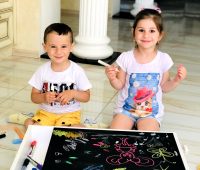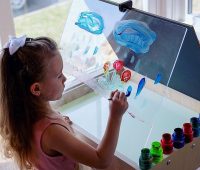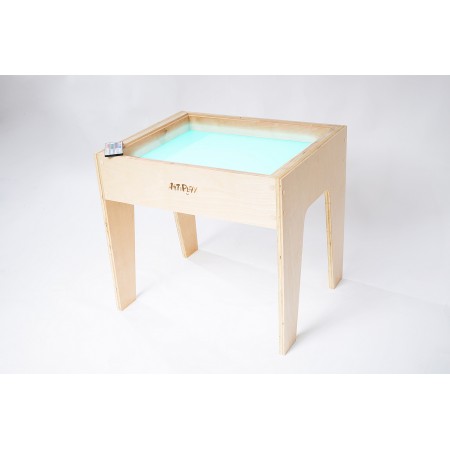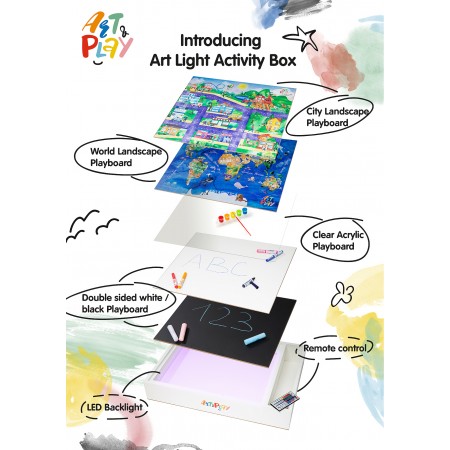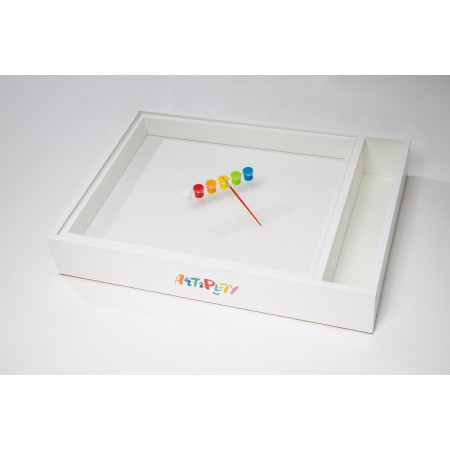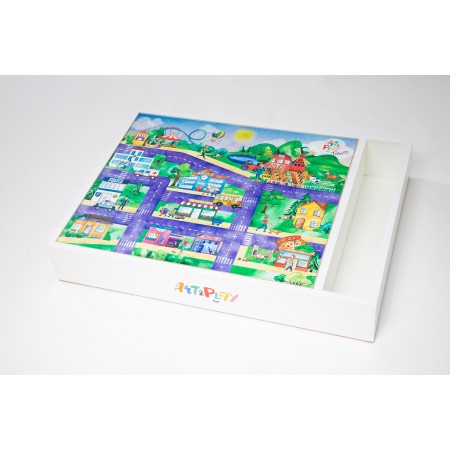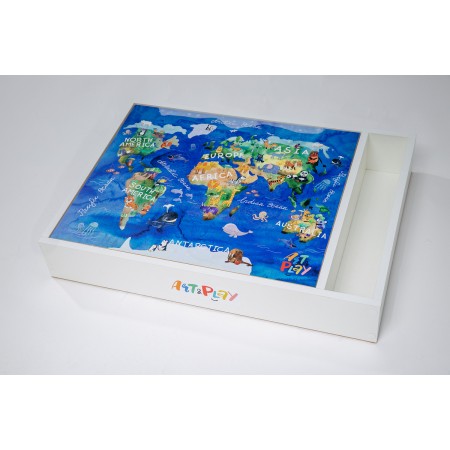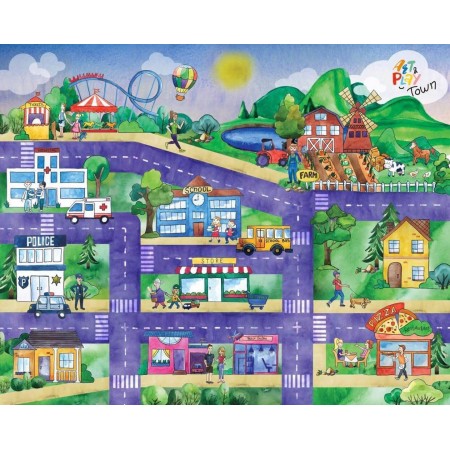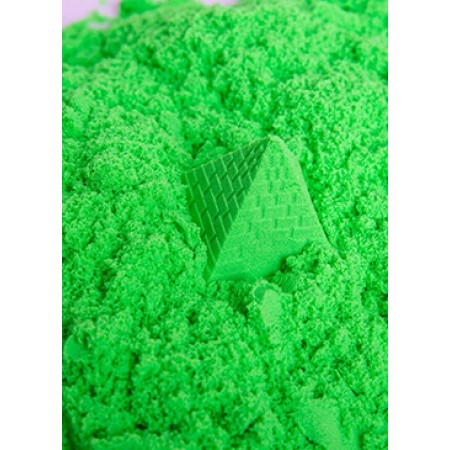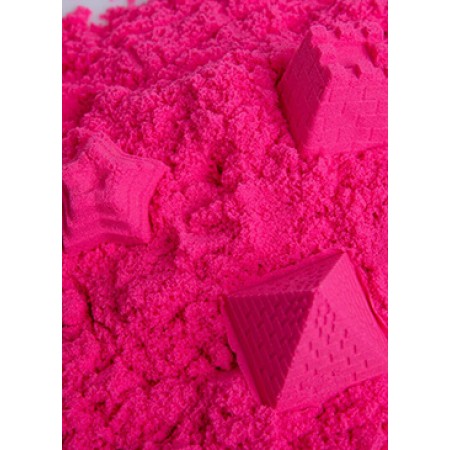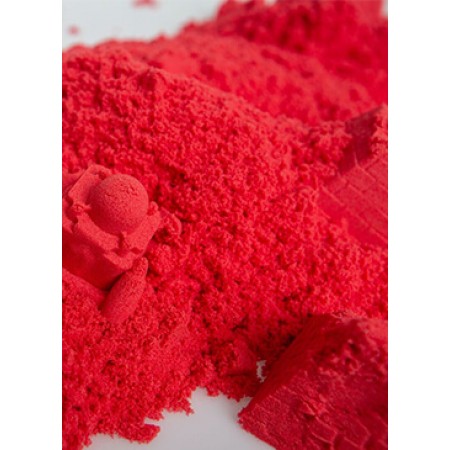Sand drawing is not only an unusual kind of art
Sand drawing is not only an unusual kind of art but also an effective and very popular method of art therapy.
Sand therapy as a way of working with the emotional sphere of the child is widely used by psychologists, psychoanalysts, as well as teachers and speech therapists. Today, this activity of pedagogical and creative orientation is available to any family who has an Art Light Activity Table/Box at home.
Sand as a material for sensory and educational games has several advantages. First, it is pleasant to touch it, it helps to relax, relieves emotional tension. Children love to play with loose materials, so it is perfect for activities with kids who do not like to learn at all.
Secondly, this material can be used as a solution to various problems. Drawing with sand helps to develop fine motor skills, sensory, creative thinking; when the kid draws with both hands, it contributes to the development of interhemispheric asymmetry.
Thirdly, the sand eliminates the fear of failure. This is important for children with increased anxiety. And if something does not work, you can always pour the sand and start over.
This activity helps to cognize of the world. A toddler is excited about the creation process of pictures with colored sand because with it helps the child gets acquainted with the texture and shapes of the materials. Dry sand can be even more interested than dry sand.
Esthetic enjoyment. The drawings made with sand are original and beautiful, they can embody all the fantasy of a small author.
Emotional component. Psychologists recommend drawing the whole family. This is a great opportunity to socialize and engage in collective creativity, which will definitely enjoy everyone.
Practice shows that kids who are engaged in sand drawing, not so much exposed to get stressed. During this creative activity, kids relax, get rid of negative thoughts and tension. As a result, the nervous system becomes stronger, sensitivity and aggressiveness disappear.
Sand drawing has an excellent influence on the physical and psychological development of the little artist. Children can create sand pictures at any age. Best of all, if adults join the kids – to create joint masterpieces.
